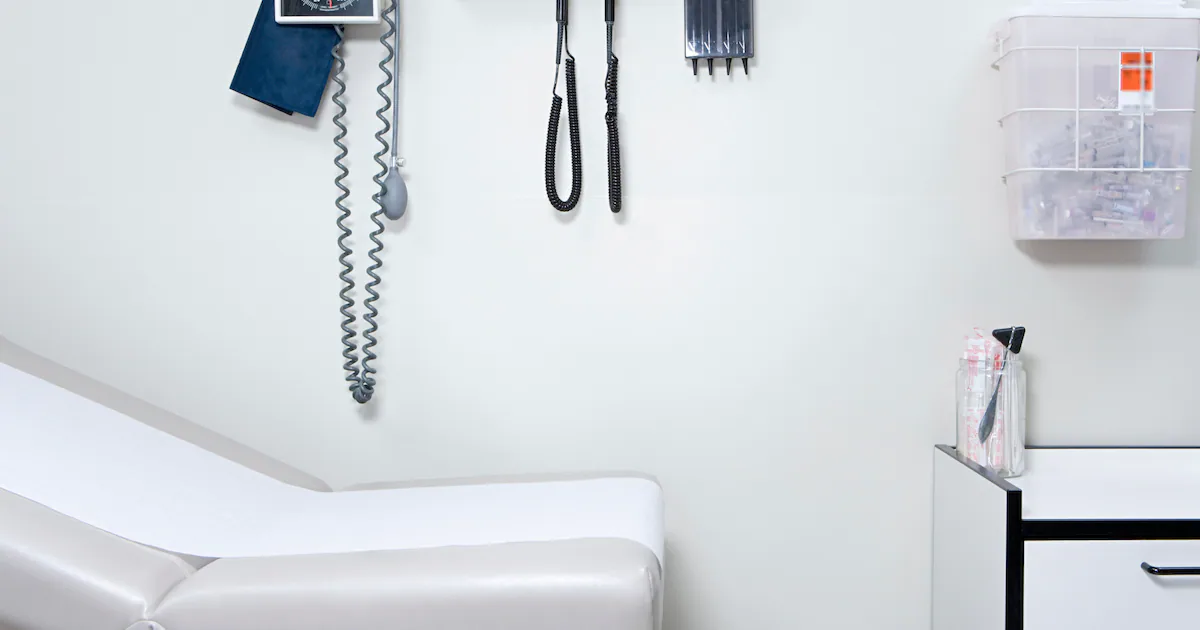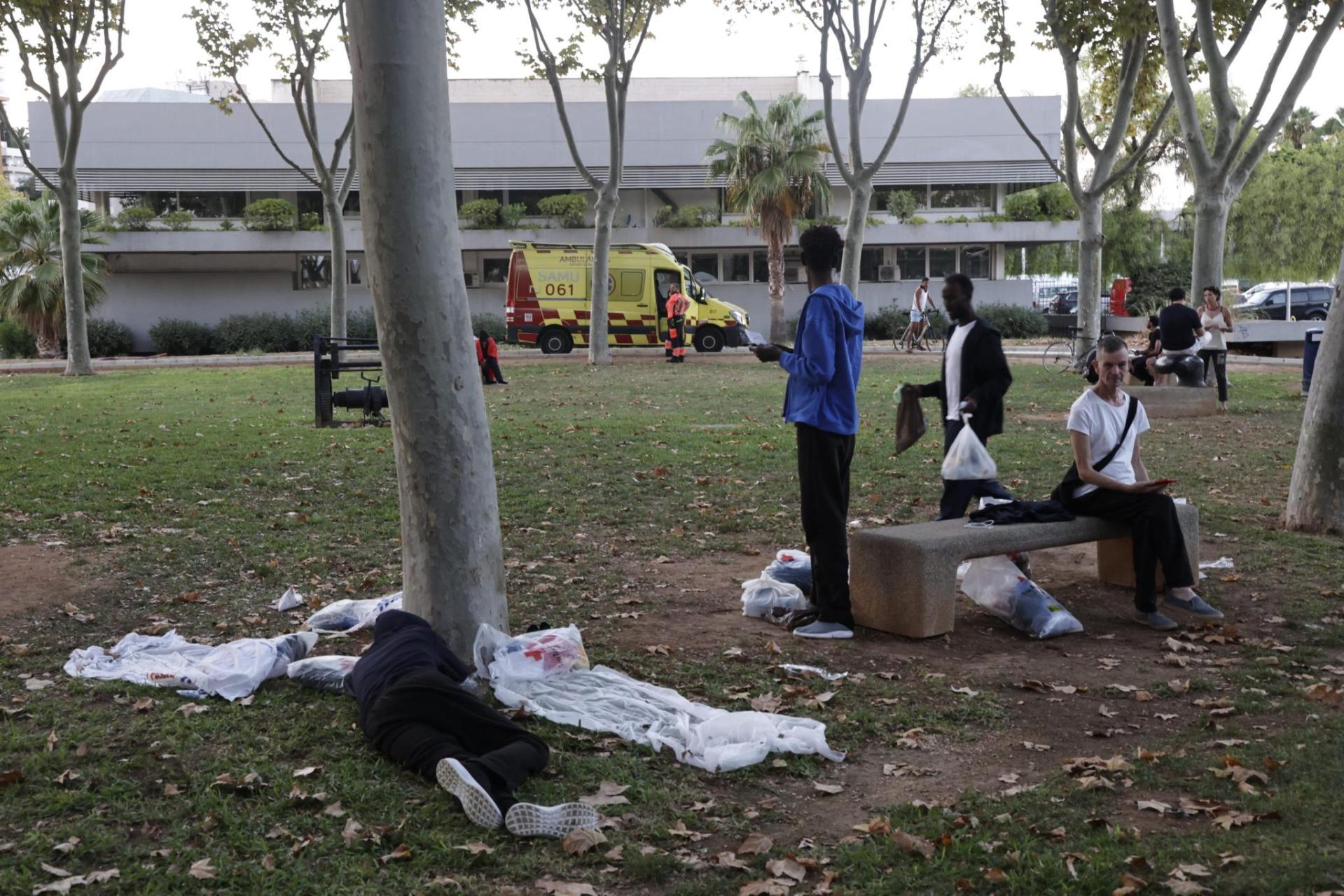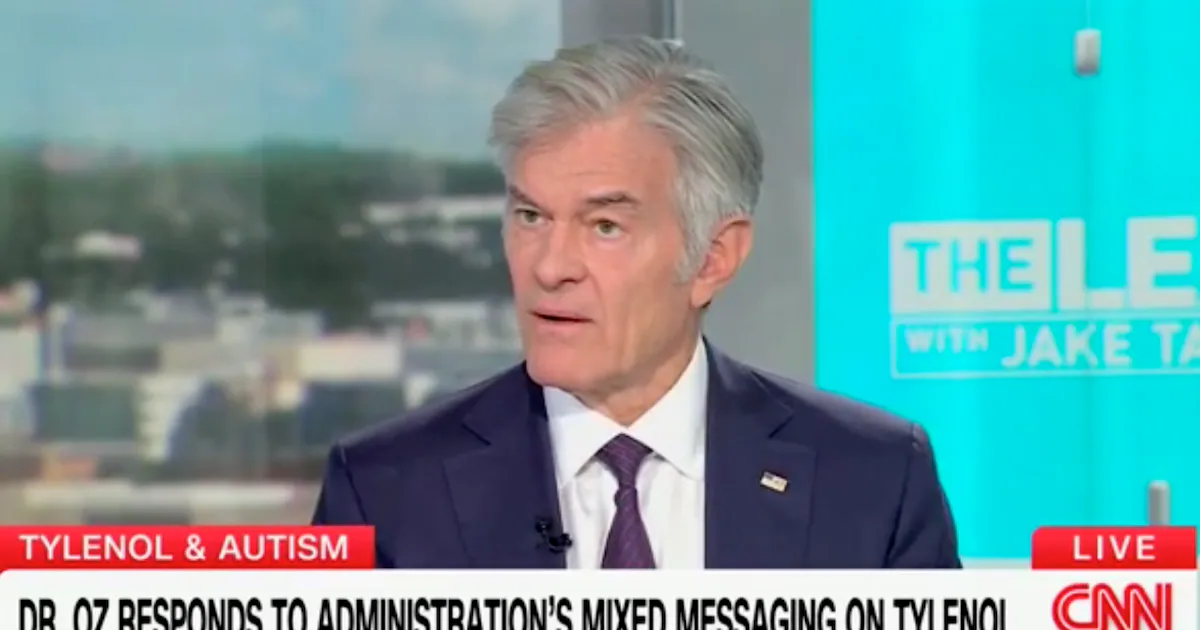
Each October, we recognize Breast Cancer Awareness Month to honor those who have experienced breast cancer, raise awareness of the disease and encourage early detection to save lives. About 550 Alaska women are expected to be diagnosed with breast cancer this year alone. The earlier the diagnosis, the better the chance of a complete recovery, including minimized impact on the lives of individual women, their families and the communities they call home. Yet, among Alaskan women aged 40 and up surveyed between 2016 and 2022, only 59% reported being screened for breast cancer in the past two years.
To get diagnosed with breast cancer, women must have access to healthcare such as annual wellness visits that include clinical breast exams and mammograms, depending on their age and risk. Breast cancer screenings are considered basic healthcare; they are expensive, especially in Alaska, which boasts the most expensive healthcare costs in the country. If you are diagnosed with breast cancer, the costs could be upwards of $100,000 or more in Alaska.
Fortunately, Alaska also has the federally funded Alaska Breast + Cervical Cancer Screening Assistance Program. This program offsets the cost of life-saving cancer screenings for income-eligible Alaskans without insurance coverage for these exams, much like publicly supported reproductive health clinics with income-based sliding fee scales for services. With the shutdown of the federal government, these programs could all experience a significant increase in demand, but with no corresponding increase in resources to care for those who are uninsured or underinsured.
What does the government shutdown have to do with breast cancer? More than 25,000 Alaskans access health insurance on the federal Marketplace created as part of the Affordable Care Act in 2010. Even with the Marketplace, the cost of insurance — and basic healthcare like annual wellness visits and screening mammograms — had been out of reach for many Alaskans until the 2021 enactment of the “enhanced premium tax credits,” which subsidize the cost of health insurance to more affordable levels. Unfortunately, without an act of Congress, these credits are set to expire at the end of the year.
[Letter: Breast cancer support groups provide critical info and empathy]
If they do, many Alaskans will log onto the Marketplace during the upcoming enrollment period and see their premiums have increased or even doubled. With the cost of food rising due to the new tariffs, the typical winter unemployment rate increasing, and the high cost of housing and heating in much of the state, each Alaskan family will have to decide which expenses can be delayed and which expenses can be eliminated altogether.
The federal government shut down because Congress could not agree on a temporary budget to keep it operating. The health insurance subsidy is at the heart of the debate. If Alaskans cannot afford to buy health insurance, they will be more likely to skip breast cancer screenings and other preventative care, and more families will have to navigate astronomical healthcare costs or the heartbreaking loss of loved ones.
Health insurance subsidies may not be the long-term solution for Alaska’s many health issues — from maternal morbidity and an array of cancers to infectious diseases like tuberculosis and syphilis. The credits allow Alaskan women to get the reproductive healthcare they need, and more Alaskan families to thrive.
Claudia Haines is a longtime resident of Homer and CEO at Kachemak Bay Family Planning Clinic, a community-supported nonprofit that provides broad access to reproductive healthcare services and community health education.



